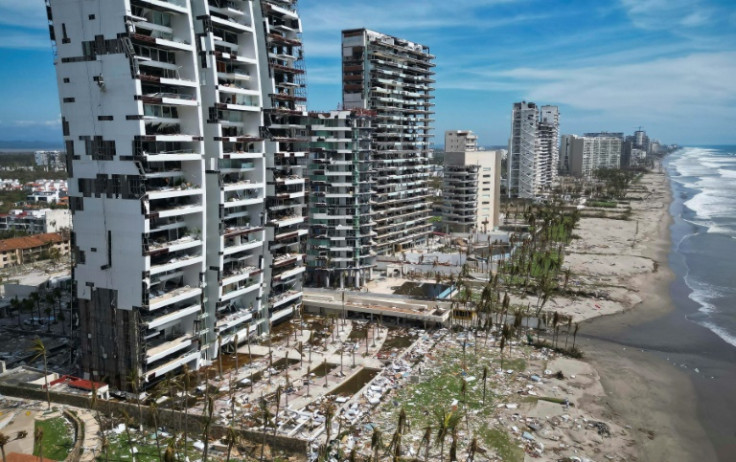
As climatic events intensify in an increasingly warm world, a new study suggested that hurricanes should add a new category to the Saffir-Simpson scale, taking it to six.
The paper, published in Proceedings of the National Academy of Sciences, says that the scale, introduced in the early 1970s, categorizes Tropical Cyclones (TC) based on their wind intensity, with category 5 representing storms with speeds of 70 m/s or greater.
However, the scale's open-ended nature and its failure to extend beyond category 5 have been identified as potential weaknesses, particularly as recent storms have exceeded these limits.
The study, supported by theoretical frameworks, observations, and modeling, reveals that global warming is augmenting the thermodynamic potential wind intensity of TCs by increasing available sensible and latent heat energy.
This shift in mean TC intensity becomes most evident at the highest intensities, challenging the traditional categorization. To address this, researchers propose a hypothetical category 6 on the Saffir–Simpson scale, defining it with wind speeds between 70 and 86 m/s.
The findings indicate that recent storms have already surpassed this proposed category 6 intensity, with Typhoon Haiyan cited as a notable example. The study provides three key motivations for considering the inclusion of category 6, including observational evidence, a formal detection and attribution analysis, and an analysis of projected changes in intense storms based on high-resolution climate models.

The Intergovernmental Panel on Climate Change's (IPCC) 6th Assessment Report supports the study's conclusions, stating that the global proportion of category 3 to 5 TC instances and the frequency of rapid intensification events have likely increased over the past 40 years. The report highlights a concerning trend, revealing that half of the category 5 storms recorded between 1980 and 2021 occurred in the last 17 years of that period, with five storms exceeding the proposed category 6 intensity in the last nine years.
The research incorporates detection and attribution analyses, indicating a significant increase in the risk of category 6 storms due to human interference in the climate system. Climate model simulations project further escalation of this risk as the planet continues to warm.
High-resolution global climate models, capable of simulating category 5 TCs, predict the occurrence of category 6 storms under future warmer conditions. While these models have limitations, such as underestimating the intensity of the most extreme storms, they consistently suggest an increased risk of category 6 storms.
The study concludes that man-made global warming has already heightened the intensity of the most powerful TCs, posing a growing risk. The proposed addition of a category 6 to the Saffir–Simpson scale aims to raise awareness about the escalating dangers of major TCs due to climate change.
However, the researchers emphasize the need for further sociological research before implementing changes to current TC risk messaging. Despite potential challenges, the study underscores the urgent need to acknowledge and address the evolving threat of more intense tropical cyclones in a warming world.
© 2025 Latin Times. All rights reserved. Do not reproduce without permission.





